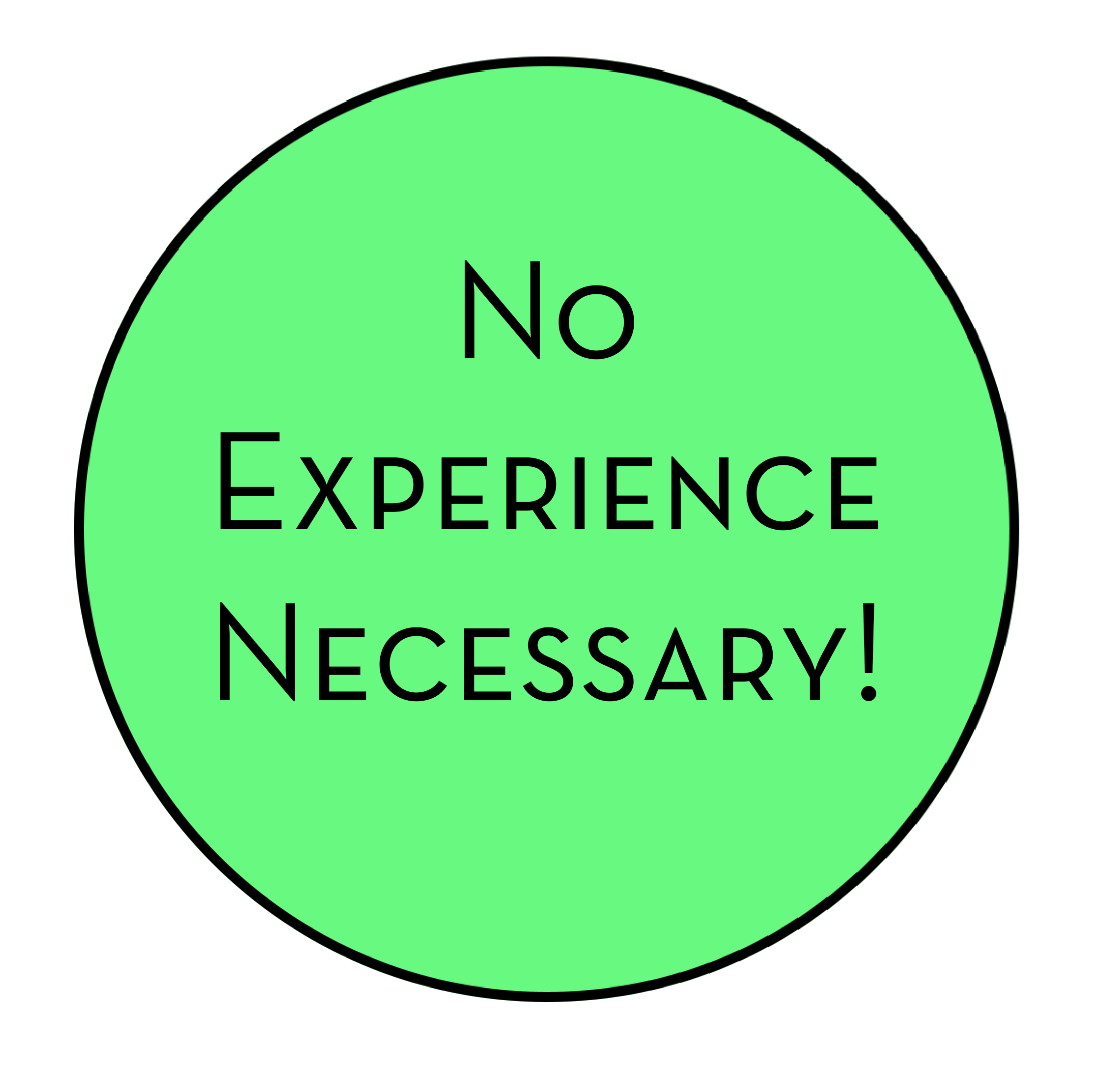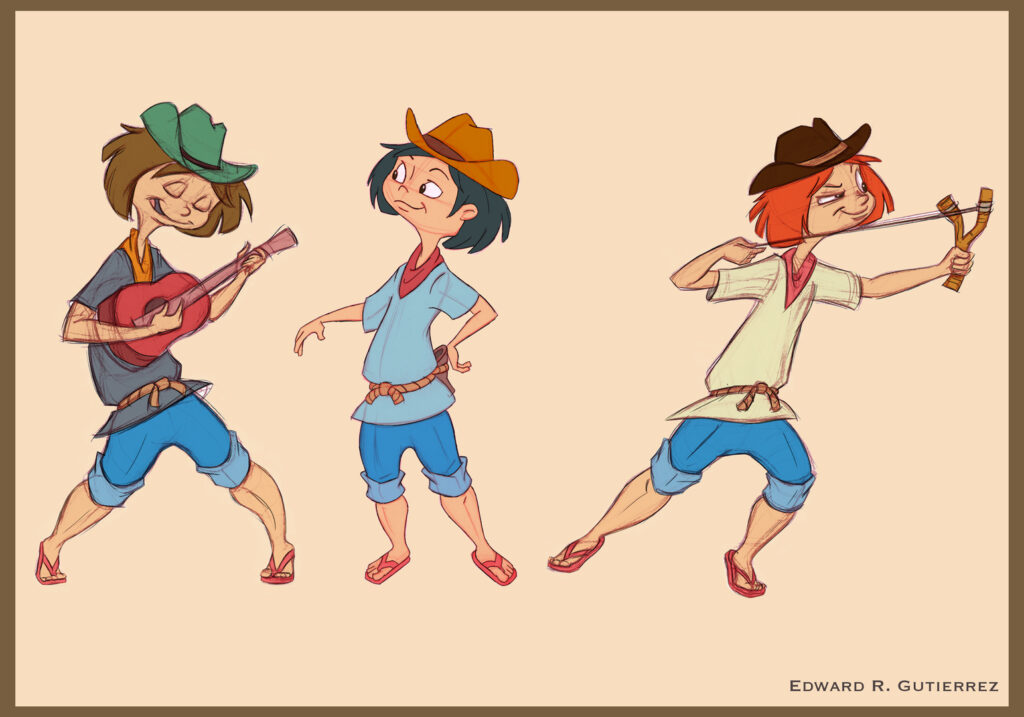
TEACHING


An instructor can work to instill within their students an awareness and appreciation of the world we live in. At the same time provide students with necessary skill sets to succeed in the endeavors that they pursue in the future. Teaching art, as with many courses in academia, is more than just drawing or painting; it is about people and the community we live in.
I approach my art and animation courses with no prerequisites in mind – any student is welcome to join any of my advanced courses without taking the entry level or introductory course – mainly because signing up for courses does not always go as planned.
It is not about how well a student draws, paints, designs, or animates, but that the student enjoys the process of research, observation, experimentation, and explorations to discover their own path and processes. Guiding students to what inspires them and to nurture confidence in the way one naturally draws, paints, or animates is the main goal. There is no right or wrong. There are no mistakes.


The first subject I touch on in my courses are portfolios and the last project for my courses are portfolios – to prep, compile, edit a portfolio as their final presentation in the course.
This portfolio is not so much for grading but for students to get a comprehensive and objective look at their entire progress and evaluate their own work and practices. The artist’s practices are reflected in the art/animation work in the portfolio. A portfolio is not only about the “finished” artwork but more importantly should share some of the artist’s process in developing a character design or animated scene – showing all of its parts, iterations, research, exploration steps that illustrates HOW and WHY the artist chose a particular path to develop that final work. A portfolio that only exhibits finished pieces is only half of a portfolio.
A portfolios contents should also reflect work that has been improved and polished during any available down time – summers, winter breaks, and weekends. “Raising the bar” in one’s work should be a common practice for all.

Portfolios should share the process on at least one or two works.
Here is one process pipeline that follows a comic / graphic novel
approach that I introduce in one of my classes. Sharing the process
should include “mistakes,” rough iterations for drawing and color
process and research. This illustrates your journey and helps explain
the choices you made – giving us a peek into how the artist thinks.